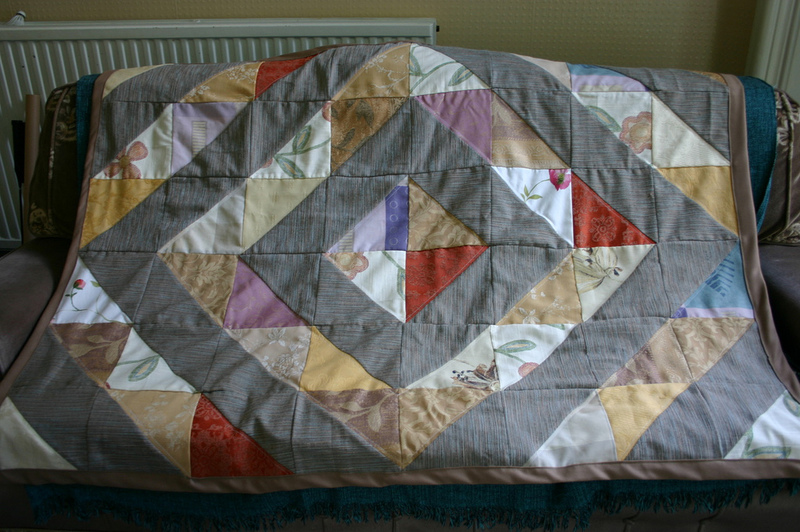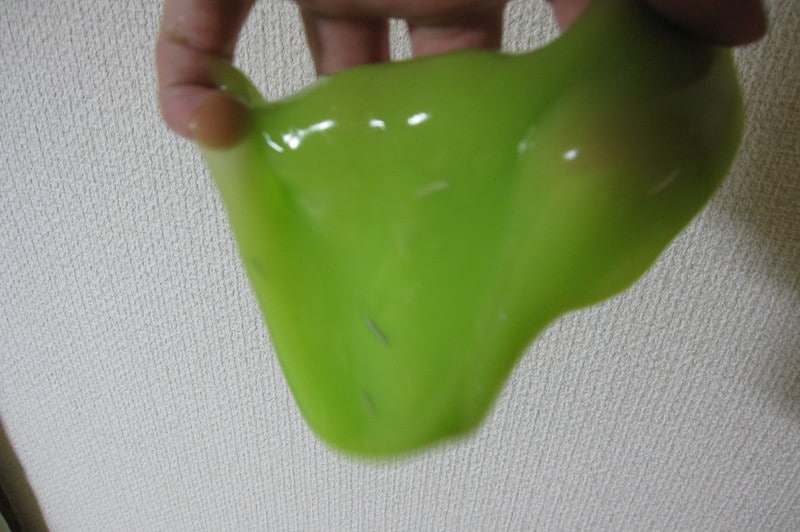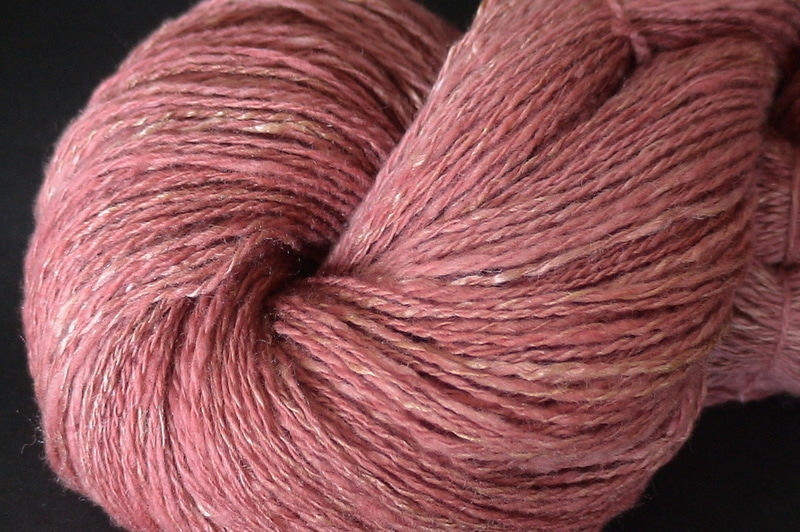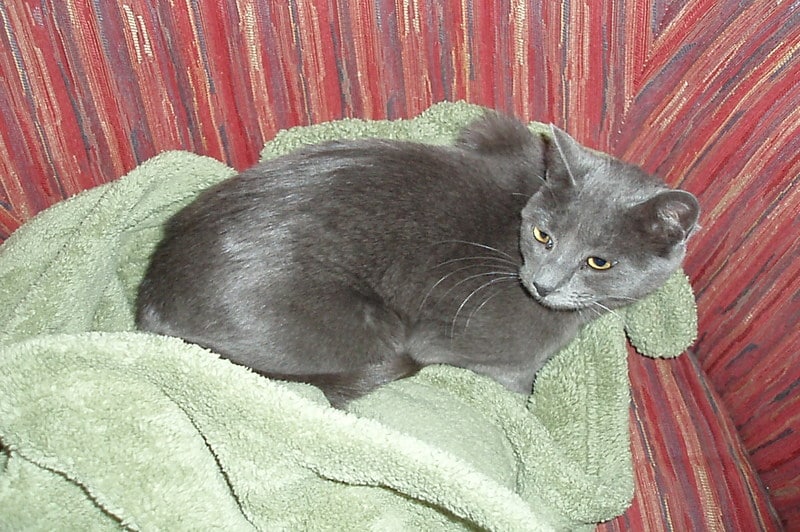A quillow is a popular item to own these days, especially for those in the UK who love camping or travel. You would know how to make a quillow blanket for a fraction of its costs in the UK stores if you can sew.

If you`re not familiar with them yet, the quillow is a quilt with a pocket sewn strategically on it, so you can fold it up to make a pillow.
They can be as big or as small as you want them to be, and you can even customise them to your liking.
Step-By-Step Guide On How To Make A Quillow Blanket
Anyone with basic sewing skills and a few yards of fabric can make their quillow. If you think you`re up for it, here is an easy step-by-step guide to getting you started.
Step #1. Prepare your materials
As with any project, you have to prepare your tools and materials first. Pick your fabric of choice.
Fleece, flannel, and cotton fabric make warm and cosy quilts, and the plush fabric is excellent for baby blankets. However, if you plan on using your quillow for picnics or camping, you should probably opt for waterproof material.
You will also need insulation or padding between your top and bottom pieces of fabric. This material, called batting, should not be too thick so that you will not have any trouble folding your quilt into its pillow pocket. Cotton batting is a popular choice, but you can also use wool or polyester.
How much fabric will you need? For an adult blanket, you will need two pieces of 1.8 meter by 1.5-meter fabric, plus an additional half-meter fabric for the pillow pocket. For a baby blanket, you will need 1.4 meters of fabric to trim 36 by 44-inch fabric and use the remaining fabric as a pillow pocket.
Step #2. Sew the main fabric
Start by laying one piece of fabric down on top of the other with the patterns touching each other.
Lay the batting material on top of the two pieces and pin the edges of the layers together. The batting should be the exact size of the fabric.
Stitch the layers together, leaving a half-inch seam. Take care to leave a 12-inch opening somewhere along the edge, as you will have to turn the blanket right side out through this opening. You can use a pencil to push out the corners.
Sew a ¼-inch final seam along the edges of the quilt, including the opening. This way will secure the edges of the quilt and give it a neater look.
Step #3. Sew the pocket for the pillow
In making the pillow pocket, repeat the process of sewing the blanket, but with no batting. Use the smaller squares for your pillow pocket.
Make sure that the quilt`s edges lined up together before you start stitching.
Step #4. Assemble the quillow
Start by laying the more giant blanket on a flat surface and Pin the pillow pocket to the quilt`s top centre.
Sew around three sides of the pocket. Leave the top open as this is where you will put your folded quilt.
Step #5. Fold the quillow
Lay the blanket, pocket side down. Fold in thirds beginning with the length of the quilt, then from top to bottom. Finally, flip the pocket inside-out over the top to make a pillow.
When Do You Use A Quillow?
-
For camping
Camping is all about portability, and nobody wants to think about taking pillows and fleece blankets with them. Instead, they can bring their quillows.
These items made to be warm, so you don`t have to worry about freezing at night.
If you have a waterproof quillow, you can also set it on the ground for picnics. This way, you can keep yourself dry in wet grass or easily clean yourself up in dirt or sand.
Quillows are easy to pack up and store and are less bulky than bringing both a pillow and blanket!
-
For travel
Whether you are travelling by car or by plane, you would want to be as comfortable as you can. You can bring your quillow on the plane to keep you warm during long flights.
If you frequently travel by car, you can fold them neatly as pillows instead of messing up in the back seat.
-
For playtime
Quillows are not limited to adult use. Kids could benefit most from them.
Kids can use quillows as play mats or activity blankets to keep them engaged. You can also use it to help them learn a little responsibility by letting them tuck their blankets into pillows after playtime.
Conclusion
Quillows are great craft projects that you can do with your kids. You can teach them how to make a quillow blanket to keep or give as gifts to their friends for birthdays or Christmas.
Quillows can be customised, too, so you can get creative with fabric paint, fluffy glue, and glitter; the possibilities are endless. You can also add zippers and buttons to keep the quilt from popping out and keeping things neat around the UK house.
Experiment with your quillow as much as you want, and it`s a great project to make with your kids.









